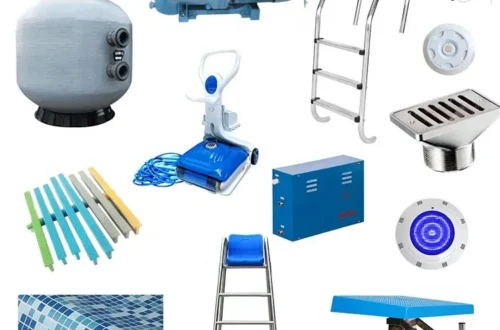Optical Fiber Patch Cord: Essential Component for High-Speed Data Transmission
# Optical Fiber Patch Cord: Essential Component for High-Speed Data Transmission
In today’s fast-paced digital world, the demand for high-speed data transmission has never been greater. Whether it’s for telecommunications, data centers, or enterprise networks, the need for reliable and efficient connectivity is paramount. One of the key components that enable this seamless data transfer is the optical fiber patch cord.
## What is an Optical Fiber Patch Cord?
An optical fiber patch cord, also known as a fiber optic patch cable or jumper, is a length of fiber optic cable capped at both ends with connectors. These connectors allow the cord to be quickly and easily connected to optical equipment, such as switches, routers, and servers. The core of the patch cord is made of glass or plastic fibers, which transmit data as light signals, ensuring high-speed and low-loss data transfer.
## Types of Optical Fiber Patch Cords
There are several types of optical fiber patch cords, each designed for specific applications and environments. The most common types include:
– Single-Mode Fiber Patch Cords: These are designed for long-distance communication and have a small core diameter, allowing only one mode of light to propagate. They are ideal for applications requiring high bandwidth over long distances.
– Multi-Mode Fiber Patch Cords: These have a larger core diameter and can carry multiple modes of light. They are typically used for shorter distances, such as within buildings or campuses.
– Simplex and Duplex Patch Cords: Simplex patch cords have a single fiber and are used for one-way communication, while duplex patch cords have two fibers and support two-way communication.
## Benefits of Using Optical Fiber Patch Cords
Optical fiber patch cords offer numerous advantages over traditional copper cables, making them the preferred choice for high-speed data transmission:
– High Bandwidth: Fiber optic cables can carry significantly more data than copper cables, making them ideal for high-bandwidth applications.
– Low Latency: The speed of light transmission in fiber optics ensures minimal delay, which is crucial for real-time applications like video conferencing and online gaming.
– Immunity to Electromagnetic Interference: Unlike copper cables, fiber optics are not affected by electromagnetic interference, ensuring a stable and reliable connection.
– Long-Distance Transmission: Fiber optic cables can transmit data over much longer distances without signal degradation, reducing the need for repeaters.
– Security: Fiber optic cables are more difficult to tap into, providing a higher level of data security.
## Applications of Optical Fiber Patch Cords
Optical fiber patch cords are used in a wide range of applications, including:
– Telecommunications: They are essential for connecting various components of telecommunications networks, enabling high-speed data and voice transmission.
– Data Centers: In data centers, patch cords are used to connect servers, storage devices, and network switches, ensuring efficient data flow.
– Enterprise Networks: Businesses use fiber optic patch cords to connect different parts of their network infrastructure, supporting high-speed internet and intranet services.
– Broadcasting: The broadcasting industry relies on fiber optics for transmitting high-definition video and audio signals with minimal latency.
## Choosing the Right Optical Fiber Patch Cord
When selecting an optical fiber patch cord, it’s important to consider several factors to ensure optimal performance:
– Connector Type: Common connector types include LC, SC, ST, and MTP/MPO. The choice depends on the equipment and network requirements.
– Cable Length: Ensure the patch cord is the appropriate length for your setup to avoid excess slack or tension.
– Fiber Type: Choose between single-mode and multi-mode fibers based on the distance and bandwidth requirements of your application.
– Environment: Consider the environmental conditions, such as temperature and exposure to chemicals, to select a patch cord with the appropriate jacket material.
## Conclusion
Optical fiber patch cords are indispensable in modern high-speed data transmission systems. Their ability to provide high bandwidth, low latency, and reliable connectivity makes them a critical component in telecommunications, data centers, enterprise networks,
Keyword: optical fiber patch cord


